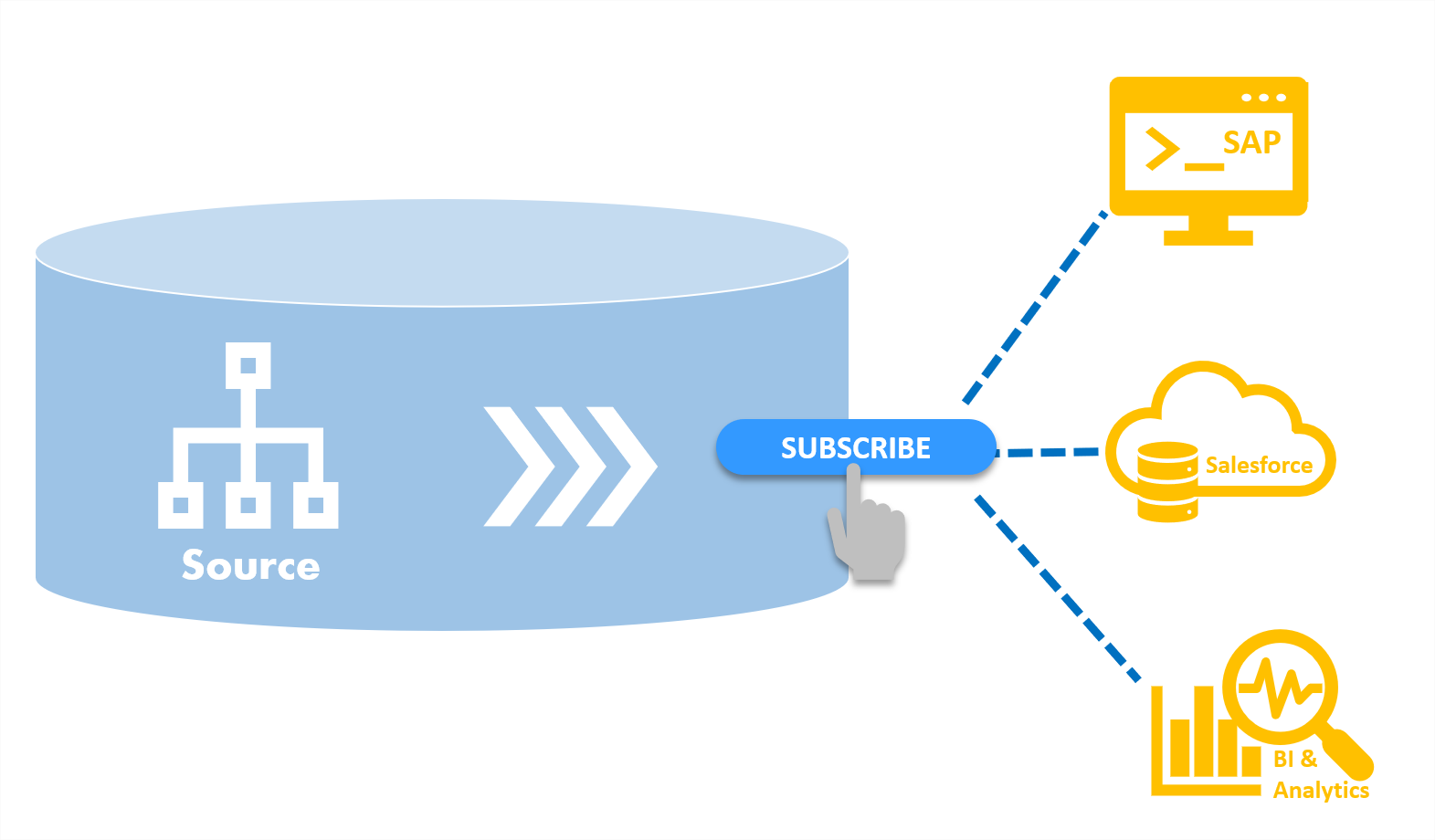

There are frameworks, such as Hibernate Envers, which emulate database triggers at the application level. PostgreSQL offers a dedicated page for implementing a trigger-based Audit Log.
Mysql change data capture update#
The Audit Log is a separate structure that records every insert, update or delete action that happens on a per-row basis.Įvery RDBMS supports triggers, although with slightly different syntax and capabilities. The reason why this technique is still very widespread is due to its simplicity and familiarity. Traditionally, the most common technique used for capturing events was to use database or application-level triggers.

In this article, we are going to see various methods used for capturing events and propagating them to other data processing systems. When integrating an OLTP system with a Cache, a Data Warehouse, or an In-Memory Data Grid, we need an ETL process to collect the list of events that changed the OLTP system data over a given period of time. However, an OLTP system is no island, being just a small part of a larger system that encapsulates all data transformation needs required by a given enterprise. An OLTP system always shows the latest state of our data, therefore facilitating the development of front-end applications that require near real-time data consistency guarantees. In OLTP (Online Transaction Processing) systems, data is accessed and changed concurrently by multiple transactions, and the database changes from one consistent state to another. In this article, I’m going to explain what CDC (Change Data Capture) is, and why you should use it to extract database row-level changes. So, enjoy spending your time on the things you love rather than fixing performance issues in your production system on a Saturday night! Well, Hypersistence Optimizer is that tool!Īnd it works with Spring Boot, Spring Framework, Jakarta EE, Java EE, Quarkus, or Play Framework. Follow having a tool that can automatically detect JPA and Hibernate performance issues.


 0 kommentar(er)
0 kommentar(er)
